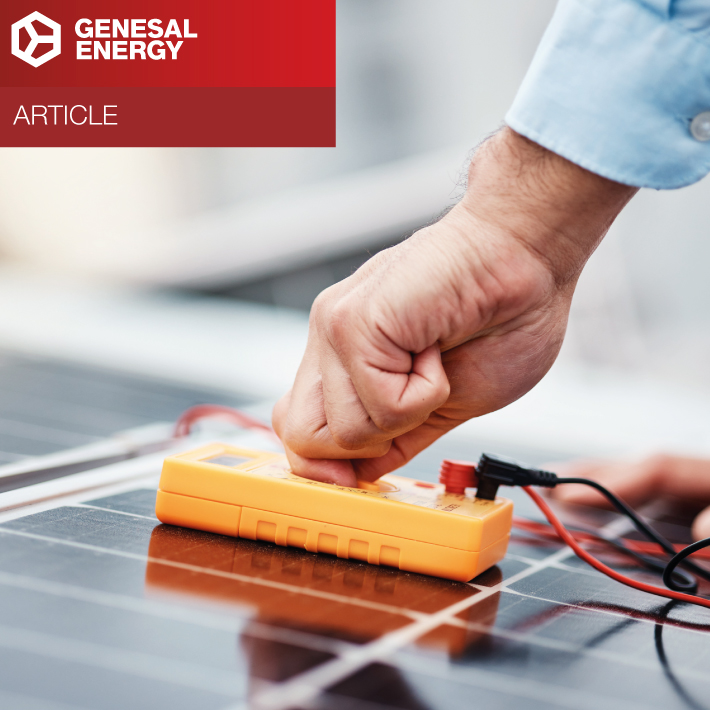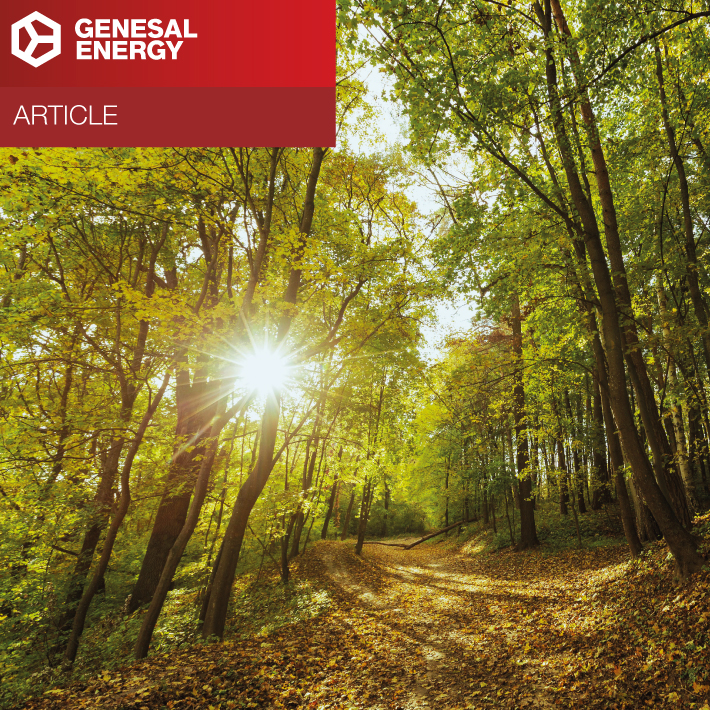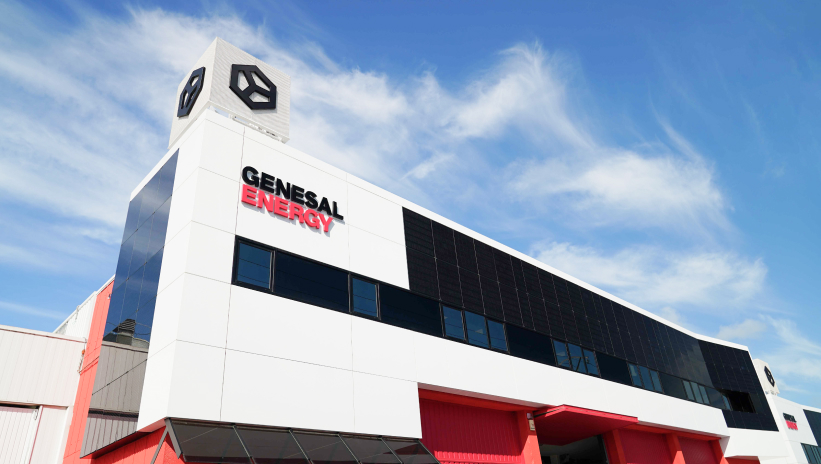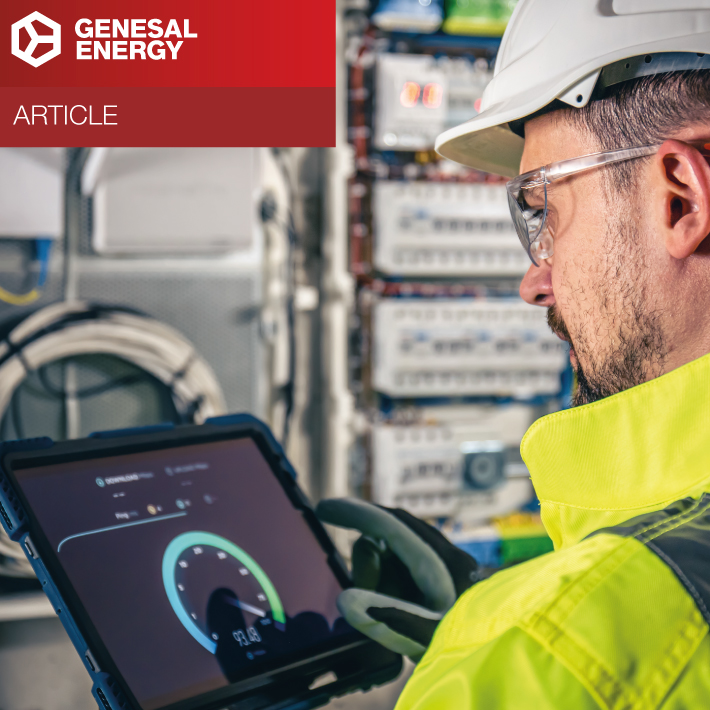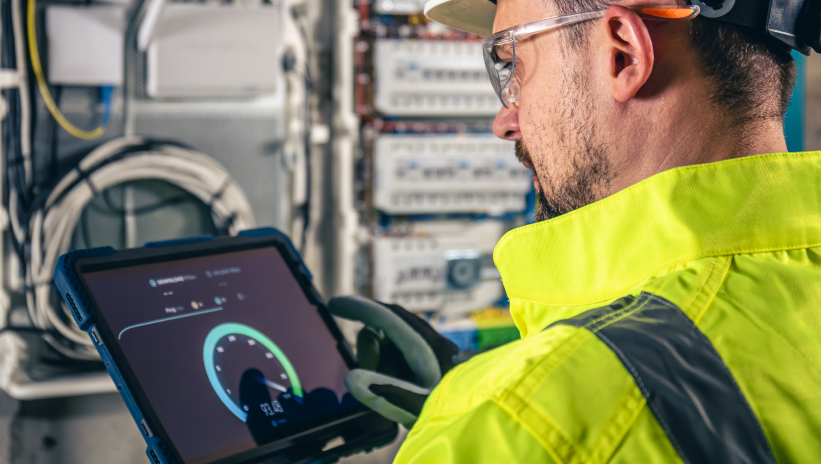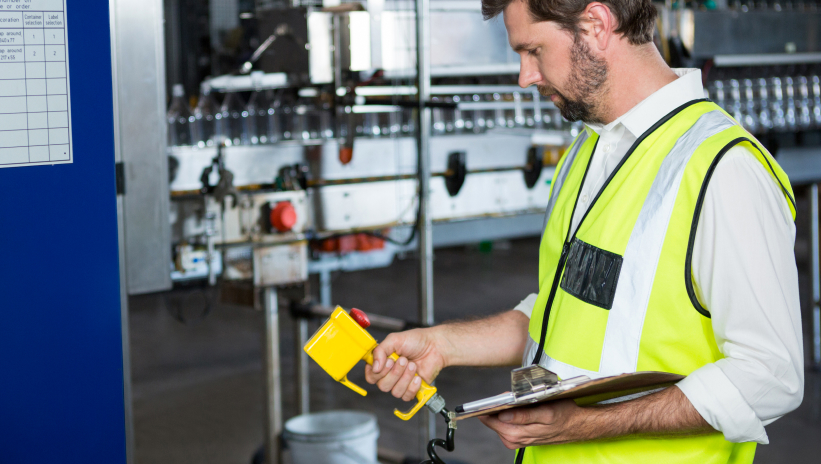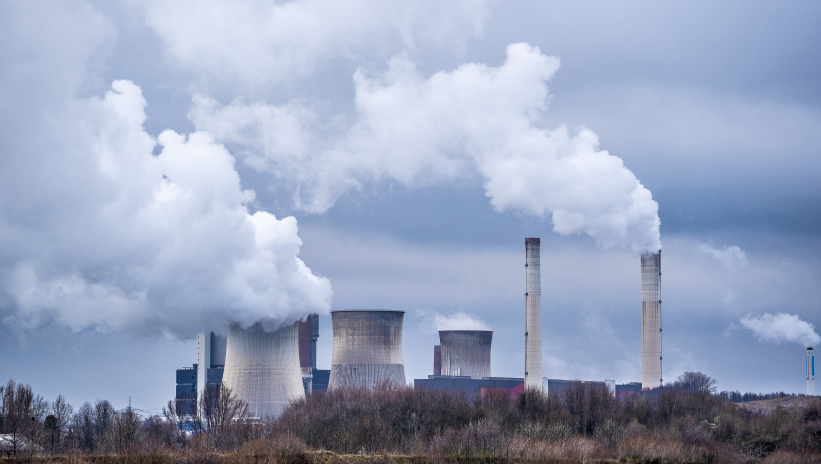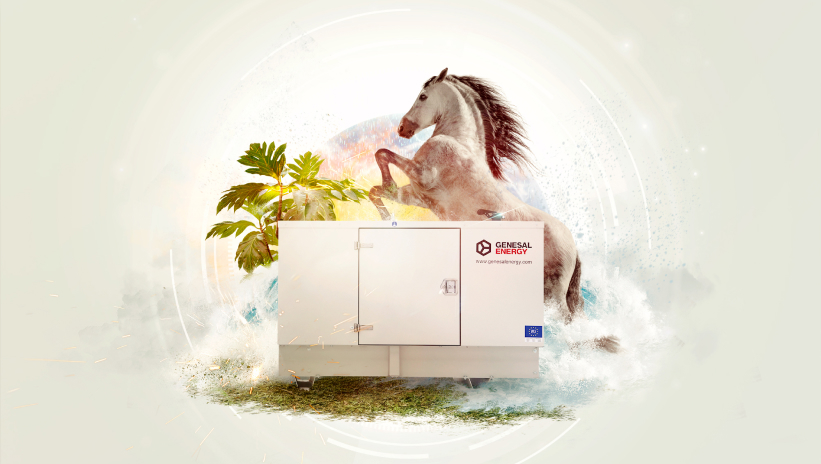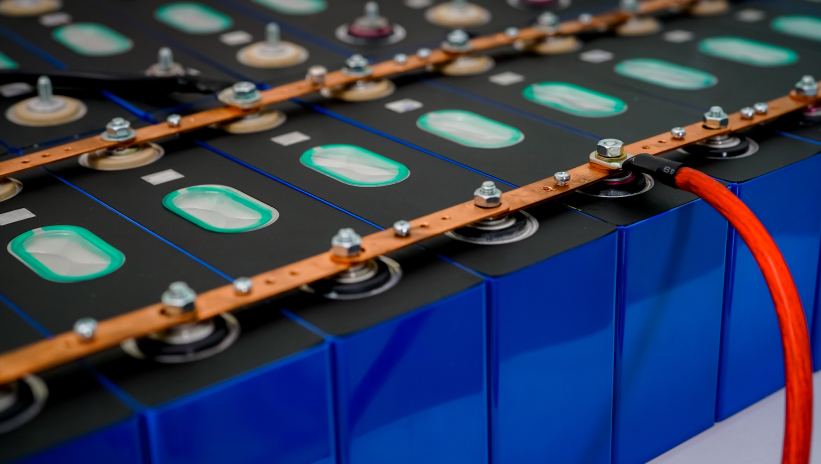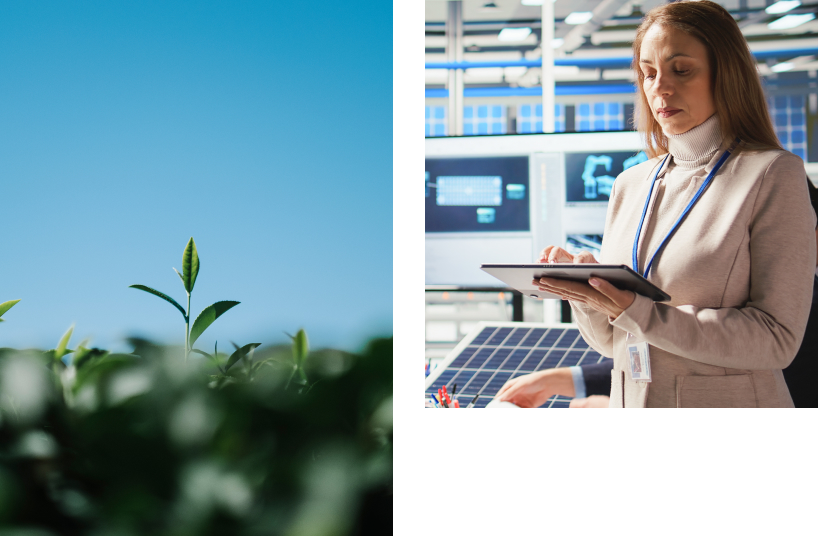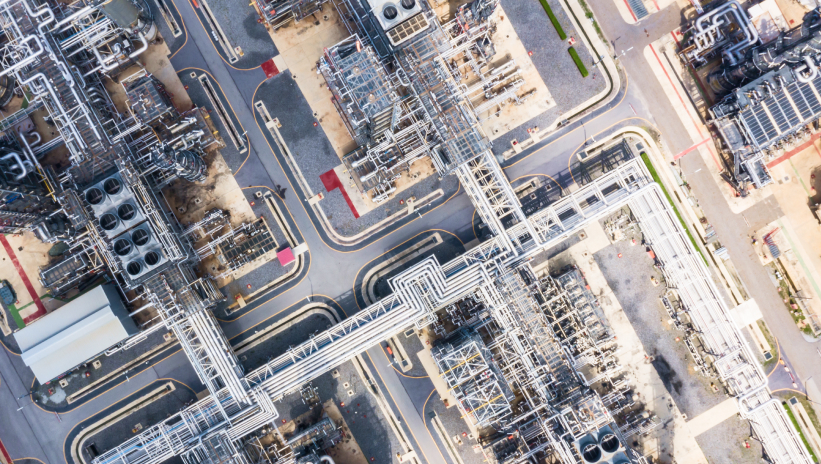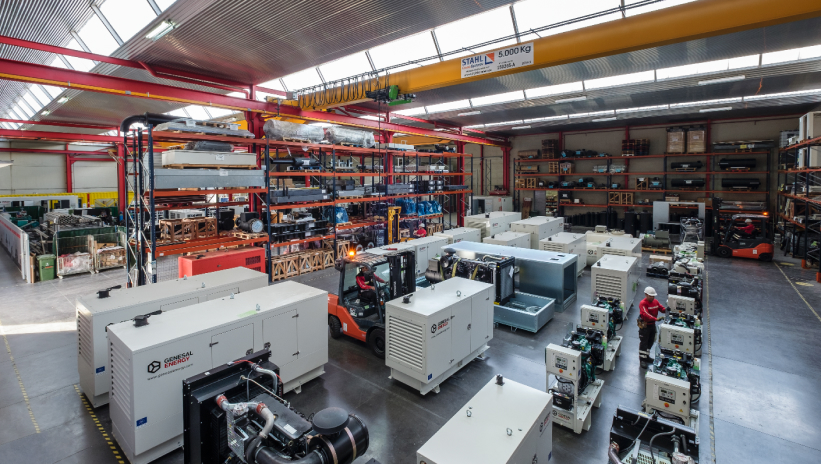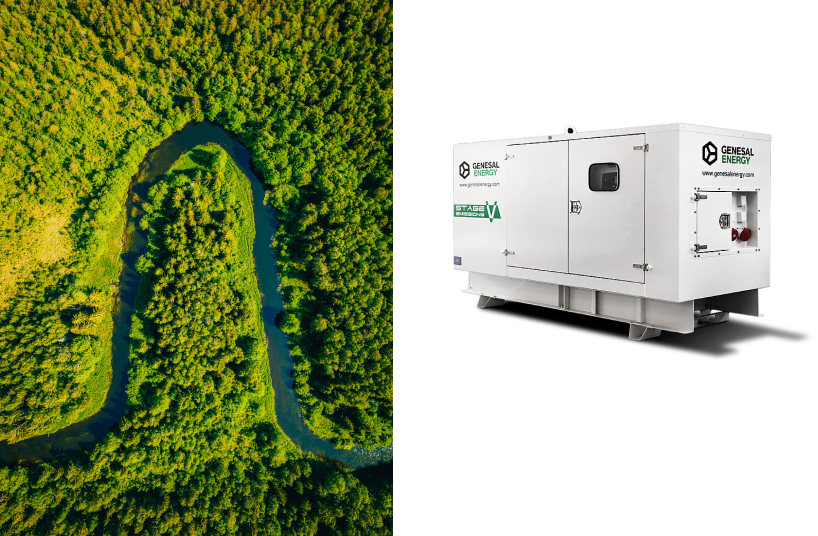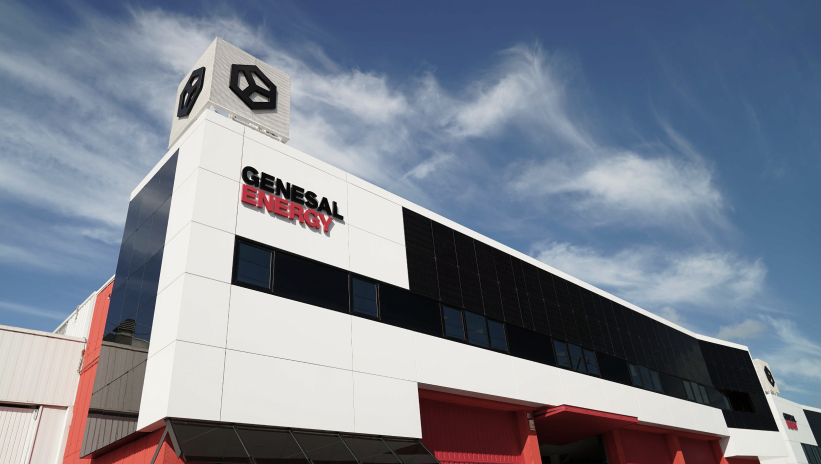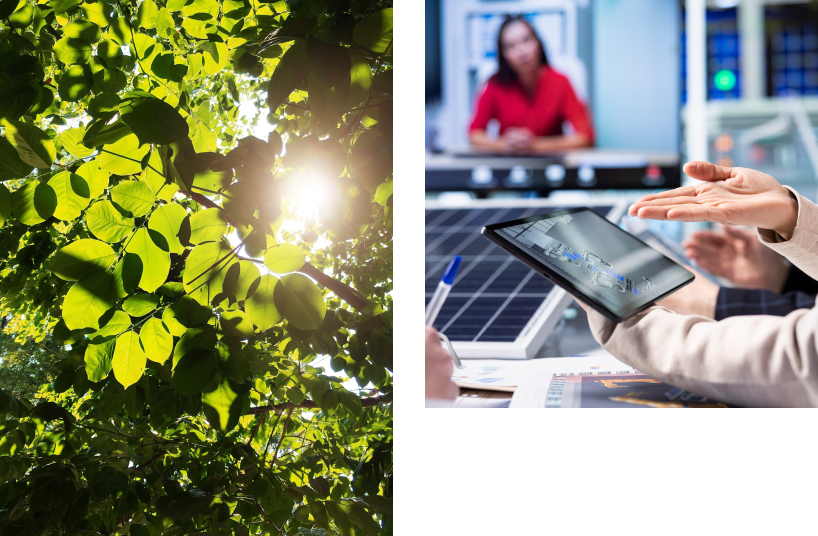Hybrid Solar Systems with Diesel Generators for Remote Areas
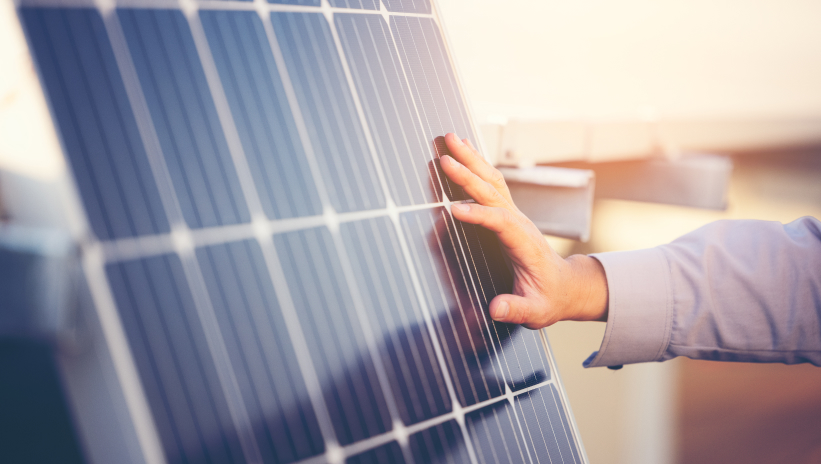
What is a Hybrid Solar System and How Does It Work?
Hybrid solar systems are energy solutions that combines solar photovoltaic power with another generation source, usually a diesel generator or a battery storage system. Its purpose is to ensure a continuous, stable and efficient electricity supply, even in areas without access to the electric grid or where the connection is unreliable.
In a solar hybrid system, photovoltaic panels capture solar radiation and convert it into electrical energy. This electricity is used to power local consumption or charge the solar batteries, which store the excess energy for later use.
Solar batteries are a key component in hybrid energy systems.
When solar radiation is insufficient or the batteries are depleted, the diesel generator starts automatically to cover the energy demand. The hybrid inverter intelligently manages the available energy sources, prioritising solar power and optimising fuel consumption.
Advantages of Combining Solar Energy with Diesel Generators
Hybrid solar energy systems offer a sustainable and cost-effective alternative to conventional diesel-only systems. Their main advantages include:
- Fuel savings: by using solar energy, the operating hours of the diesel generator are significantly reduced, lowering operational costs.
- Reduced emissions: less diesel consumption means lower CO₂ emissions and environmental impact.
- Greater autonomy: the combination of both sources guarantees 24/7 power supply, even under adverse weather conditions.
- Lower maintenance: fewer operating hours extend the lifespan of the generator.
- Total reliability: the hybrid solar-diesel system ensures a stable power supply in locations where the grid is unavailable or unstable.
For these reasons, hybrid solar systems are an ideal solution for remote areas, critical facilities, rural environments or industrial projects far from the grid.
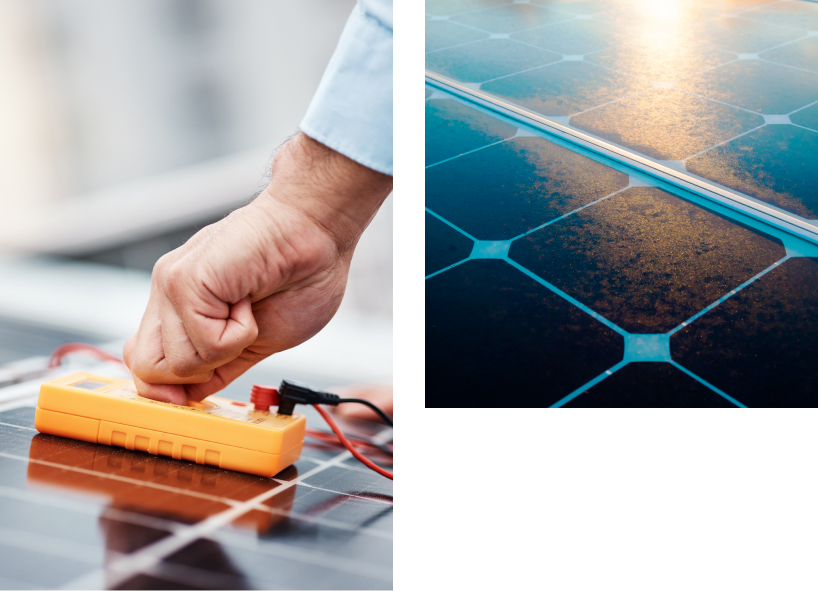
Key Components of a Solar-Diesel Hybrid System
A hybrid solar photovoltaic system is made up of several essential components that work together efficiently:
- Solar photovoltaic panels, which capture sunlight and generate electricity.
- Hybrid inverter, which manages the conversion from DC to AC and controls the energy flow between sources.
- Solar batteries, which store energy for use during low or no sunlight hours.
- Diesel generator, which automatically starts when solar and stored energy are insufficient.
- Control and monitoring system, coordinating operations for maximum efficiency.
- Electrical panels and protections, ensuring safety throughout the installation.
Types of Hybrid Solar Systems by Configuration
Different types of hybrid solar systems exist depending on their connection and operation mode:
- Grid-connected systems: combine solar, diesel, and grid energy. When grid power is available, solar energy is prioritised; the generator acts only as backup.
- Off-grid or stand-alone systems: operate without a grid connection. These are ideal for remote sites and must be properly sized for solar generation, diesel backup and battery capacity.
- Modular hybrid systems: allow adding panels, batteries or generators as energy needs grow. Their scalability makes them especially suitable for industrial projects or rural electrification.

The Role of Batteries in Energy Storage
Solar batteries are a key component in hybrid energy systems, storing energy generated by photovoltaic panels for later use.
They make it possible to have electricity available at night or during low-sunlight periods, minimising the need to start the diesel generator.
Ongoing innovation will make solar hybrid systems increasingly efficient, reducing diesel consumption.
Choosing the right battery type and capacity — lithium, AGM or gel — directly impacts the system’s efficiency, performance and lifespan.
How to Optimise Consumption and Reduce Diesel Use
The main goal of a solar-diesel hybrid system is to reduce fuel consumption without compromising power continuity. Key strategies include:
- Installing smart controllers that prioritise solar energy use.
- Adjusting generator operation times to match demand.
- Incorporating high-efficiency batteries to increase autonomy.
- Carrying out preventive maintenance to maximise generator performance.
- Designing a photovoltaic installation properly sized for peak demand.
Applications and Use Cases in Remote Areas
Hybrid solar systems with diesel generators are widely used in applications where grid access is limited or non-existent:
- Critical infrastructure: telecommunications, weather stations and healthcare facilities.
- Remote industrial operations: mining, oil and gas, civil works or water treatment plants.

- Rural areas and isolated communities, enabling electrification where the grid cannot reach.
- Emergency or military projects, requiring autonomous, robust and fast-deployable energy.
Thanks to their flexibility, hybrid solar systems provide continuous and sustainable power even in the most demanding environments.
Trends and the Future of Hybrid Solar Systems
The future of hybrid solar photovoltaic systems is driven by digitalisation, improvements in battery capacity, and integration with smart management technologies.
Ongoing innovation will make solar hybrid systems increasingly efficient, reducing diesel consumption, advancing decarbonisation, and increasing the energy independence of remote areas.
In a solar hybrid system, photovoltaic panels capture solar radiation and convert it into electrical energy.
In this evolution, diesel generators will continue to play a crucial role as reliable backup units within hybrid energy solutions, ensuring continuity when renewable sources are insufficient.
The trend is clear: combining solar energy with efficient, flexible generation technologies will be key to guaranteeing a stable, sustainable, and adaptable power supply for the energy challenges of the future.
